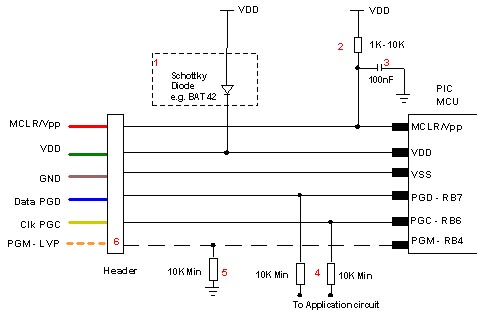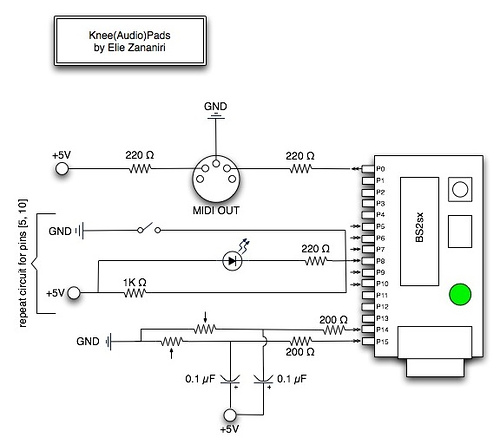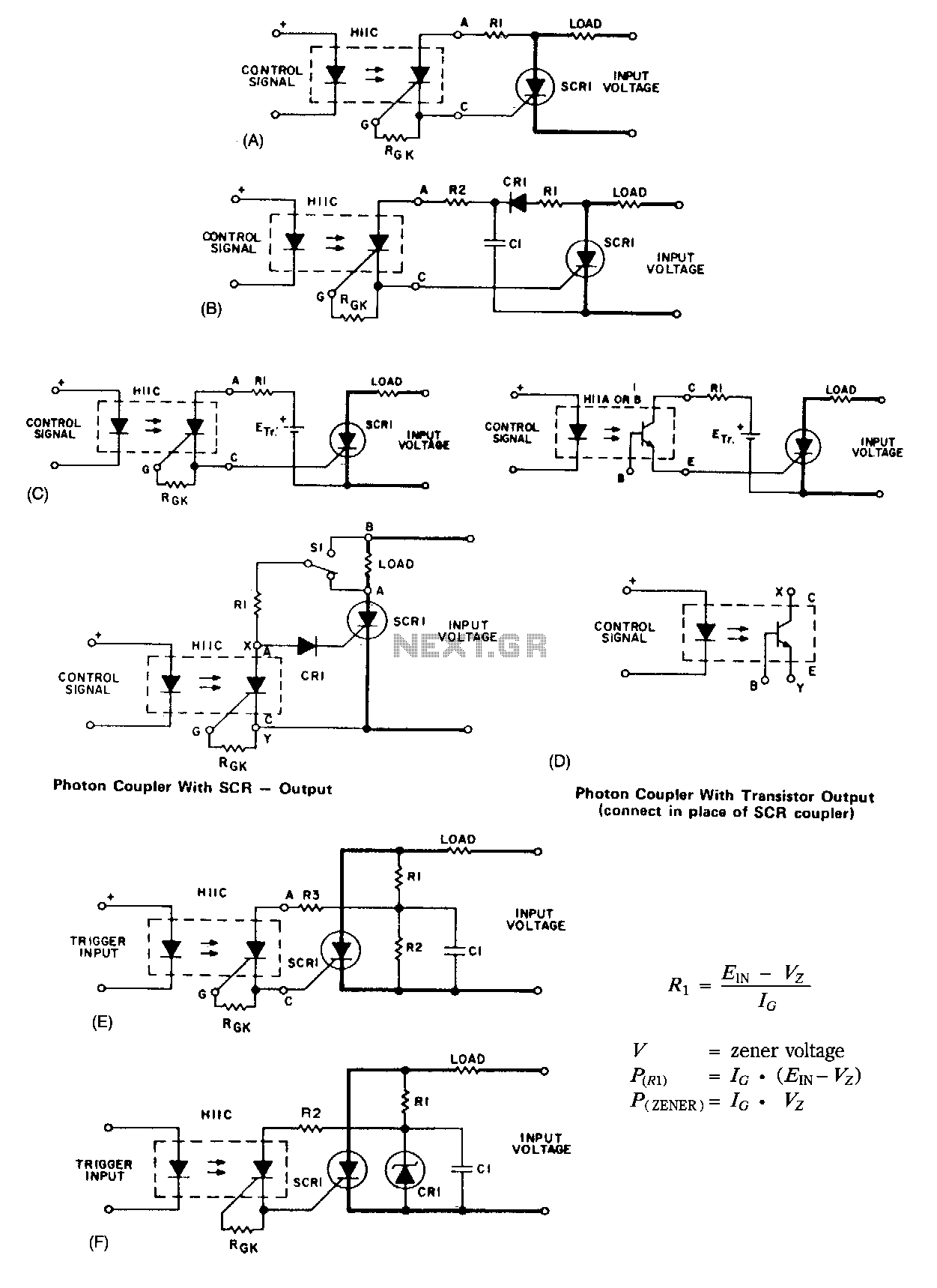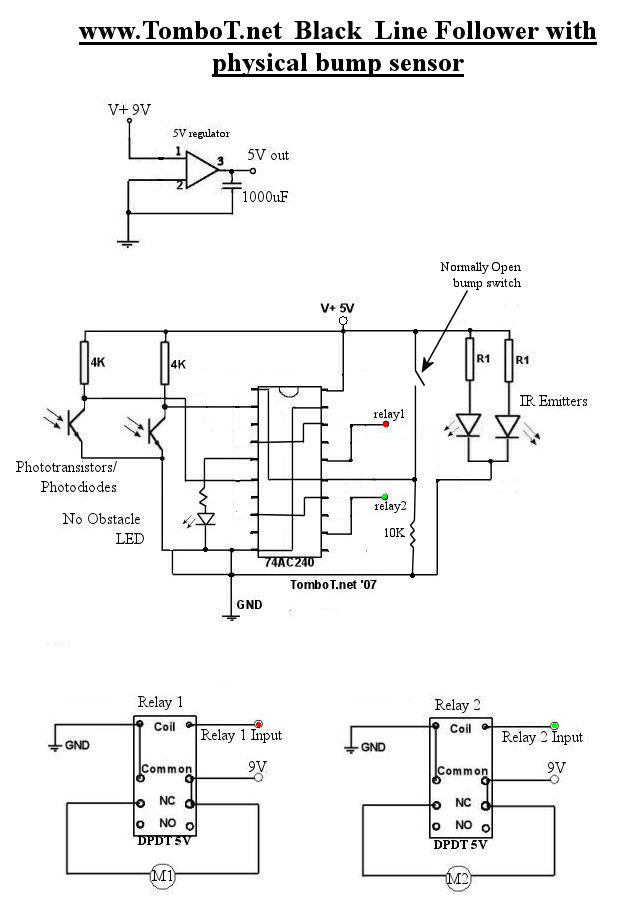
high resistance voltmeter circuit diagram

A high-input-resistance operational amplifier (op-amp), a bridge rectifier, a microammeter, and several discrete components are necessary to implement this versatile circuit. This circuit can measure DC, AC RMS, AC peak, or AC peak-to-peak voltage by simply altering the resistor value connected between the inverting input terminal of the op-amp and ground. The voltage to be measured is connected to the non-inverting input of the op-amp.
The circuit utilizes a high-input-resistance op-amp to ensure minimal loading on the voltage source being measured, which is critical for accurate measurements. The bridge rectifier converts AC voltages to a DC equivalent, allowing for the measurement of varying AC signals. The microammeter serves as the display element, providing a visual representation of the measured voltage.
To measure different voltage types, the resistor connected between the inverting input terminal and ground can be adjusted. For DC measurements, a specific resistor value is used, while for AC RMS, AC peak, and AC peak-to-peak measurements, different resistors will be selected based on the desired measurement type. The configuration of the op-amp in this circuit is typically in a non-inverting configuration, where the input voltage is applied to the non-inverting terminal, ensuring that the output voltage is in phase with the input signal.
The bridge rectifier is composed of four diodes arranged in a configuration that allows for the conversion of both halves of the AC waveform into a usable DC voltage. This output is then fed into the microammeter, which is calibrated to display the corresponding voltage levels based on the input signal characteristics.
In summary, this circuit is highly adaptable, enabling the user to measure a variety of voltage types with a simple adjustment of resistor values, making it a valuable tool in electronic measurement applications.A high-input-resistance op-amp, a bridge rectifier, a microammeter, and a few other discrete components are all that are required to realise this versatile circuit. This circuit can be used for measurement of dc, ac rms, ac peak, or ac peak-to-peak voltage by simply changing the value of the resistor connected between the inverting input terminal
of the op-amp and ground. The voltage to be measured is connected to non-inverting input of the op-amp. 🔗 External reference
The circuit utilizes a high-input-resistance op-amp to ensure minimal loading on the voltage source being measured, which is critical for accurate measurements. The bridge rectifier converts AC voltages to a DC equivalent, allowing for the measurement of varying AC signals. The microammeter serves as the display element, providing a visual representation of the measured voltage.
To measure different voltage types, the resistor connected between the inverting input terminal and ground can be adjusted. For DC measurements, a specific resistor value is used, while for AC RMS, AC peak, and AC peak-to-peak measurements, different resistors will be selected based on the desired measurement type. The configuration of the op-amp in this circuit is typically in a non-inverting configuration, where the input voltage is applied to the non-inverting terminal, ensuring that the output voltage is in phase with the input signal.
The bridge rectifier is composed of four diodes arranged in a configuration that allows for the conversion of both halves of the AC waveform into a usable DC voltage. This output is then fed into the microammeter, which is calibrated to display the corresponding voltage levels based on the input signal characteristics.
In summary, this circuit is highly adaptable, enabling the user to measure a variety of voltage types with a simple adjustment of resistor values, making it a valuable tool in electronic measurement applications.A high-input-resistance op-amp, a bridge rectifier, a microammeter, and a few other discrete components are all that are required to realise this versatile circuit. This circuit can be used for measurement of dc, ac rms, ac peak, or ac peak-to-peak voltage by simply changing the value of the resistor connected between the inverting input terminal
of the op-amp and ground. The voltage to be measured is connected to non-inverting input of the op-amp. 🔗 External reference





